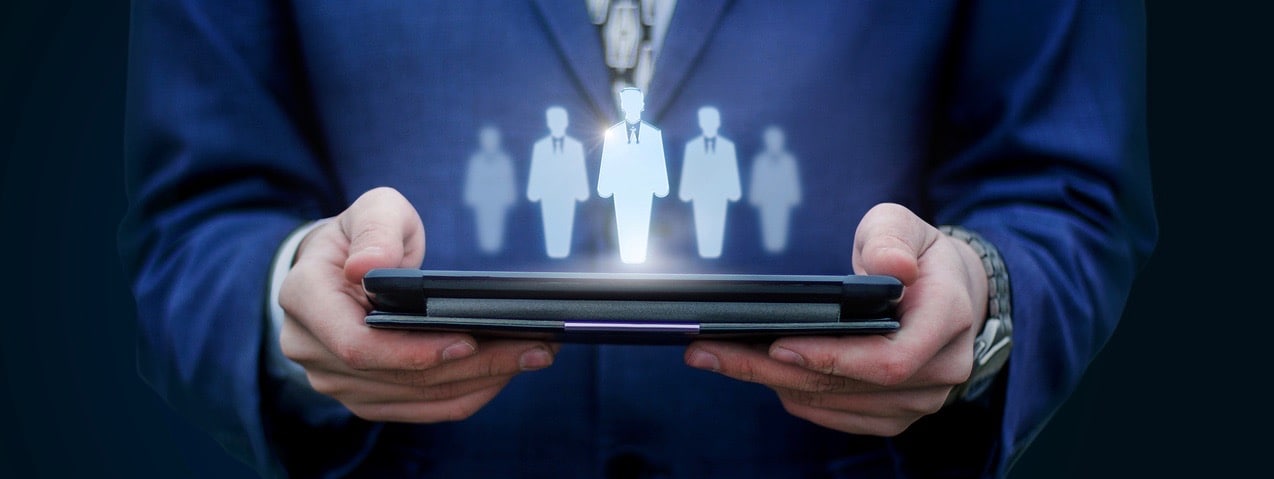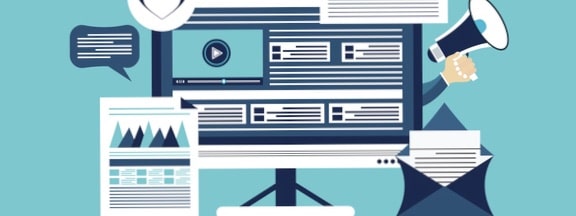With personalization now en vogue as a communications strategy, brands and businesses are realizing a range of benefits—from deeper customer relationships to improved conversion rates. What’s more, 9 out of 10 marketers (88 percent) say their customers expect an experience across digital properties that’s personalized to them—yet despite all this, many marketers still have work to do to realize the full potential of their campaigns, according to a new annual study from real-time personalization platform Evergage and survey partner Researchscape International.
“For most marketers, personalization is no longer on their wish-lists – it has become a must-have. Yet with that comes a responsibility to deliver,” said Andy Zimmerman, CMO of Evergage, in a news release. “Marketers are at a crossroads, and the path to success means leaving behind the status quo and taking steps to unleash the full benefits of personalization. Fortunately, with barriers to entry at an all-time low, that’s not hard or costly to do.”
Evergage’s fourth annual study, 2017 Trends in Personalization, examines how and where marketers deliver personalized experiences to their online audiences—including benefits, challenges and more. The survey results, from 206 marketing professionals, show companies are realizing personalization benefits that enable them to more deeply engage customers, increase loyalty and grow revenues.
The power of personalization
Marketers as a whole (96 percent) tout the ability of personalization to advance customer relationships. In addition, as a result of their personalization programs, marketers say they’ve:
- Realized a measurable lift in business results (88 percent)—with 53 percent reporting a lift greater than 10 percent, and 10 percent reporting a lift greater than 30 percent
- Increased conversion rates (63 percent)
- Improved overall customer experience (61 percent)
- Increased visitor engagement (57 percent)
These benefits are tangible and compelling, prompting organizations to rely even more heavily on personalization in the future. Nearly 1 in 2 marketers (46 percent) says their personalization budget will increase next year (up from 35 percent last year), while 50 percent say their budget will stay the same. In addition, nearly 3 out of 4 marketers (73 percent) think personalization should be a bigger priority in their organization, up from 64 percent in last year’s results.
Challenges remain
Despite these benefits, marketers realize that many of their personalization efforts just scratch the surface of what’s possible. More than half of marketing professionals (55 percent) say the industry isn’t getting personalization right. And nearly 1 in 2 marketers (46 percent) gives their company’s personalization efforts a “C” grade or below—although that’s an improvement from 55 percent in last year’s study.
In addition, only 1 in 3 (33 percent) is “very” or “extremely” confident they have the tools they need for website or in-app personalization. Just 30 percent report being “very” or “extremely” satisfied with the level of personalization in their marketing efforts (with 45 percent noting they’re “moderately” satisfied).
Marketers say that top impediments to expanding their company’s reliance on personalization include:
- Lack of budget (53 percent)
- Lack of personnel (52 percent)
- Lack of knowledge/skills (41 percent)
- Access to data (34 percent)
“The good news is, these challenges are nowhere near insurmountable—they’re crumbling every day,” Zimmerman said. “High-impact, 1:1 personalization capabilities are increasingly accessible from both a cost and usability perspective, and marketers no longer have to be reliant on IT—they can create, launch and optimize campaigns quickly and easily themselves. What’s more, a comprehensive personalization platform should make it easy to collect and act on customer data across channels and platforms to deliver tailored, relevant experiences within milliseconds.”
Types of usage
As personalization has become more of a mainstream technology, the ways and channels through which it is applied have deepened as well. Findings include:
- Channels for personalization: Marketers are using personalization in email campaigns (72%), as well as on their company’s website (57 percent), mobile site (28 percent), web app (20 percent) and mobile app (18 percent).
- Personalization criteria: Marketers report personalizing based on visitor location (60 percent), demographics (56 percent), pages/content viewed (54 percent), campaign source (50 percent) and previous behavior (48 percent).
- Types of personalization: To execute their personalization initiatives, 67 percent of marketers use solely rule-based personalization—that is, delivering experiences to specific groups or segments of people based on the manual creation of business rules. Thirteen percent rely exclusively on machine-learning personalization—using algorithms and predictive analytics to dynamically present recommendations and experiences at the individual level. In addition, 20 percent of marketers use both forms (rule-based and machine learning).
- Machine learning on the rise: Among marketers applying just rule-based personalization, 1 in 3 (32 percent) plans to begin using machine-learning-driven personalization next year.
- More personalization staff: Fifty-nine percent of marketers say their organizations have personnel focused on personalization (up from 57 percent last year and 51 percent in 2015); 38 percent say it’s a full-time responsibility for those individuals.
“Personalization has truly come a long way—from delivering one-to-many communications, targeted at broad groups, to being able to present helpful and highly relevant experiences at the individual level,” Zimmerman said. “For many companies, this is the future: spot-on, 1:1 interactions in real time, across digital channels, that take an individual’s previous and in-the-moment actions into account, for a complete picture of their identity, interests and intent. It’s exciting and important to see the industry mature as marketers look to respond to both strategic and customer imperatives.”
Download the complete report here.
Evergage enlisted Researchscape International to help survey 206 professionals at organizations of all sizes about their marketing initiatives—specifically personalization plans and usage. Respondents came from a range of industries and held a variety of marketing and/or senior-management titles. While most responses came from the United States, the study includes the viewpoints of respondents from 18 other countries. Researchscape used an online survey, and the results were not weighted.







